Ankara should present itself not only as a bilateral partner but a regional hub.
Ankara should present itself not only as a bilateral partner but a regional hub.
By Mehmet Enes Beşer
In a post-reorientation, post-realignment global economy, countries do not wait for foreign investment—they bid for it, mold it, and increasingly drive it. For Türkiye, where the intersection of Europe and Asia gives way to opportunity, not fate, geography is opportunity. And maybe most significant opportunity in the next few years is the opportunity to receive increased amounts of Chinese FDI. Despite China having a significant share of worldwide investment already, its share in Türkiye is incredibly low compared to the rest of Africa, Latin America, and even Central and Eastern Europe. To reverse this trend, Türkiye will have to be on its more active footing—guiding, luring, and placing itself strategically compared to China’s foreign investment plan rather than relying on grand hope and boastful diplomacy.
China’s outward investment strategy has matured considerably over the past two decades. From resource extraction and construction projects, it has moved toward high-value sectors such as electric vehicles, digital infrastructure, logistics, and green technology. With state-owned giants and ever more competitive private firms, Beijing is reconfiguring supply chains, investing in strategic nodes, and exporting not only goods, but governance models and standards. Under such circumstances, countries that would like more Chinese capital in their share must demonstrate not only economic viability, but also regulatory openness, political stability, and alignment with China’s own strategic priorities.
Türkiye, being a G20 economy with a booming industry and highly advanced infrastructure, has most of the qualities that can entice Chinese investors. Its membership in the free trade area with the EU, expanding trade traffic with Africa and the Balkans, and further independent foreign policy make it a strategic bridge of the new multipolar world. Despite these, however, Chinese FDI in Türkiye remains modest in size and scope. Most Chinese investment has been in the telecoms and energy sectors with comparatively few high-profile manufacturing or innovation-driven projects. This is not a mark of disinterest but one of under-involvement. Türkiye still must do what it needs to do to directly confront Beijing’s changing investment calculus.
For Ankara to turn this around, it first needs to offer a more overt investment narrative—one that situates Türkiye not merely as a bilateral partner, but as a regional hub for Chinese activity. With rising costs and strategic pushback in Europe, and rising uncertainty in some Belt and Road partner nations, China is quietly rebalancing its global investment profile. Türkiye can provide a “third way” alternative: a secure, strategically located economy with access to European, Middle Eastern, and African markets, but without great power geopolitics.
This vision needs to be supported by institutional mechanisms. Türkiye should consider establishing a high-level coordinating agency just to promote Chinese investment. Not only would this agency simplify administrative formalities, but also sector-specific blueprints tailored to Chinese priorities and strengths: electric vehicle manufacturing clusters, green energy corridors, fintech sandboxes, AI and semiconductor research parks. By sending signals of preparedness and coordination, Türkiye can make it more probable that Beijing will not only consider it a consumer market, but as an integrated long-term strategic partner in planning.
In addition, Ankara must take advantage of its membership in multilateral institutions where China has a leadership role, e.g., the Belt and Road Initiative (BRI) and the Asian Infrastructure Investment Bank (AIIB). Though Türkiye is an official member of both, its involvement has been reluctant. More overtly visible, more technical, and more business-like engagement can release new synergies. Türkiye must present BRI 2.0 projects on digital trade, intelligent logistics, and green infrastructure—all areas where Chinese firms are actively searching for stable, politically suitable environments for investment.
Of course, Chinese investment can never be welcomed at the cost of sovereignty, transparency, or long-term economic prudence. Critics are apt to view episodes of debt dependence or strategic overextension in nations that have been short-sighted in managing Chinese transactions. But Türkiye boasts a robust institutional record, entrepreneurial economy, and diversified trade matrix that offers outstanding insurance against these risks—provided well managed. It does not call for submission or repulsion but savvy engagement: a development where Türkiye sets the pace, sets its needs, and witnesses Chinese capital entering productive, employment-generating, and innovation-driven investments.
Second, Türkiye can offer distinctive value distinct from others through offering cultural and linguistic proximity to Muslim markets of Central Asia, the Gulf, and Africa. In a universe where the next great growth tale may be located in the Global South, Türkiye can be a gate and guide to one. Chinese firms seeking to extend their impact beyond the bounds of East Asia and into burgeoning systems of culture would benefit from Turkish joint ventures, supply nodes, and on-the-ground insight.
Conclusion
China’s rise as a cross-border investor is not a temporary reality—this is a structural part of 21st-century geopolitics. For Türkiye, the decision is not whether to accept or reject this capital, but how to shape its movement, guide its channeling, and anchor it into a national policy that seeks to balance autonomy with maximum gain. Waiting idly for investors is no longer a working strategy in an era ruled by proactive competition and flexible loyalties.
By establishing itself as regional production base, innovation zone, and strategic transit route, Türkiye can take center stage in China’s next world economic structure composition. But friendship and good geography will only carry one so far—it’s going to take vision, foresight, and political will to sit down with China not diplomatically, but structure-wise and strategically.
By guiding Chinese FDI through lucid incentives, sectoral alignment, and policy coherence, Türkiye can transform this relationship from symbol to driver of co-development. If managed cautiously, the second chapter of China–Türkiye relations will not be marked by dependence and imbalance—but by co-creation, reciprocal value, and a new post-Western inter-Asian economic cooperation model.







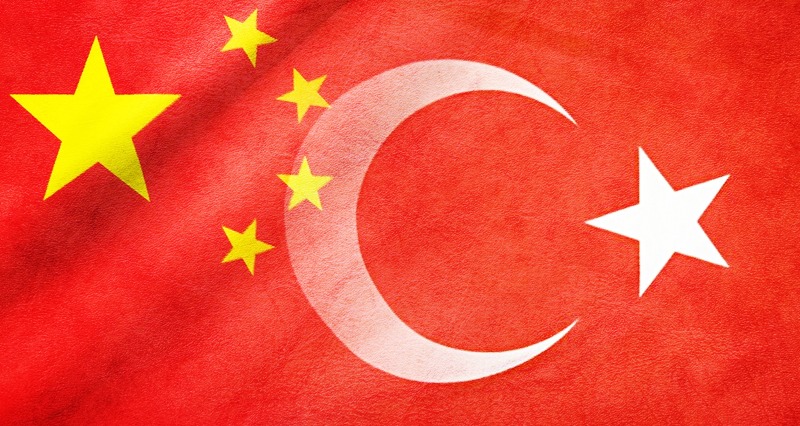


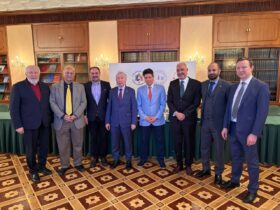
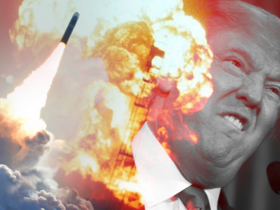
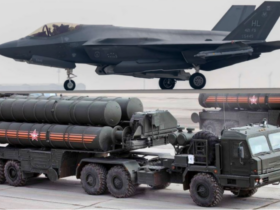


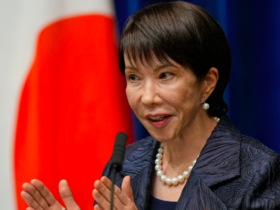
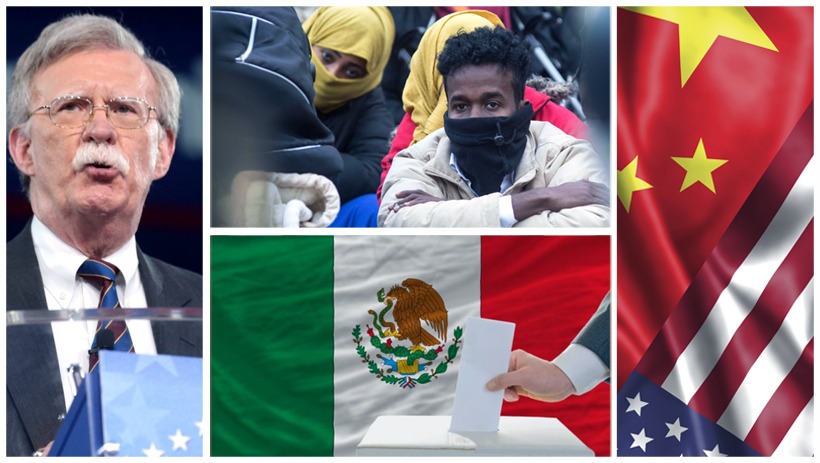
Leave a Reply